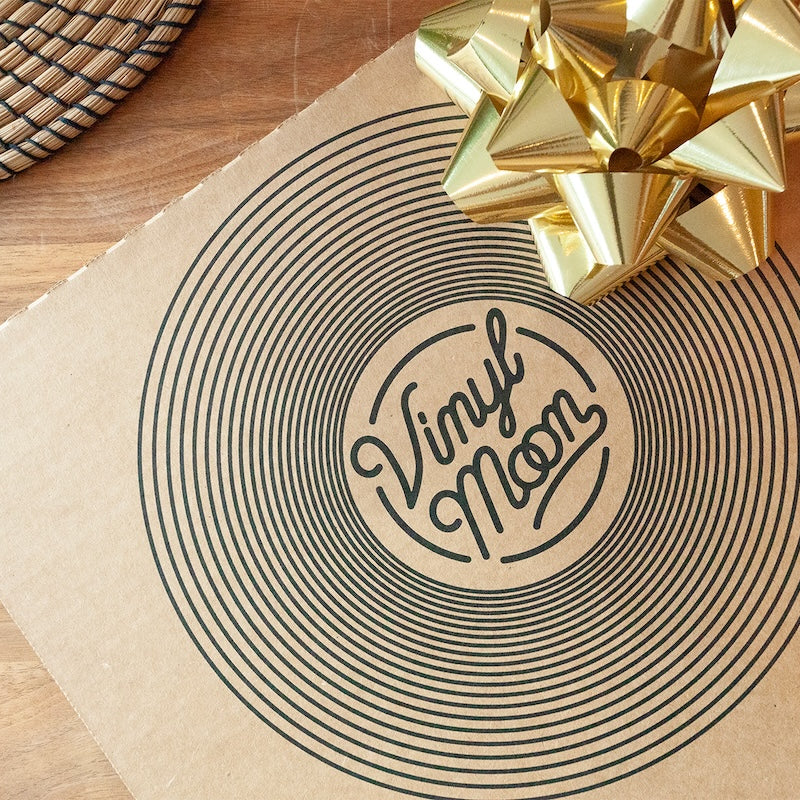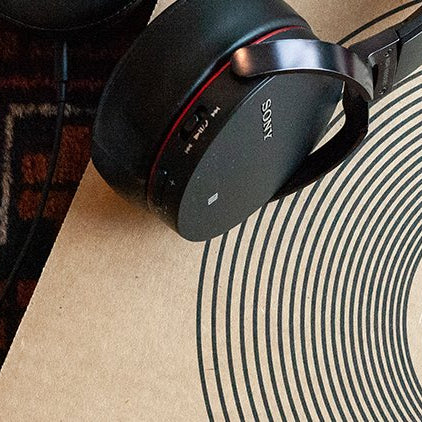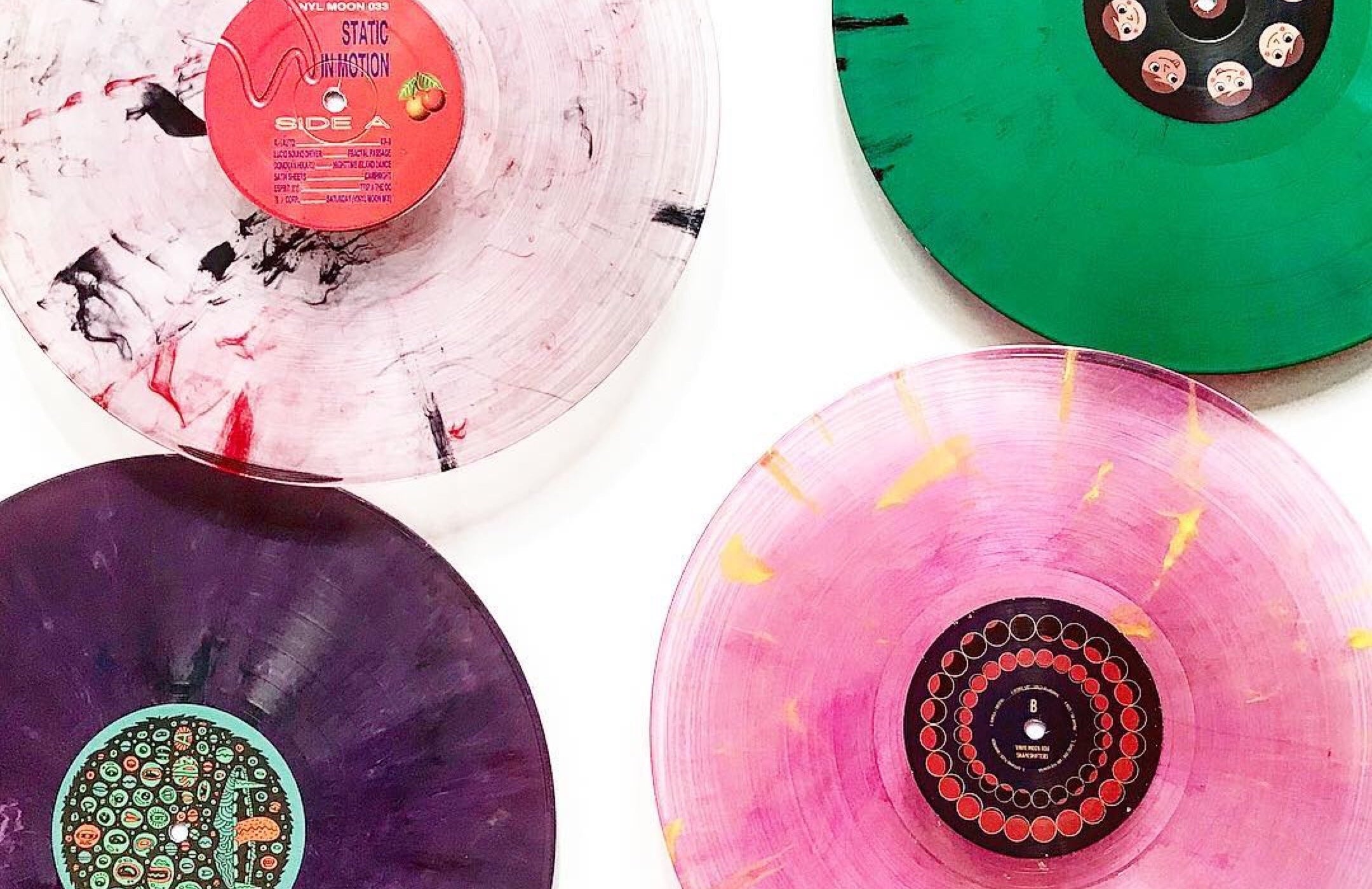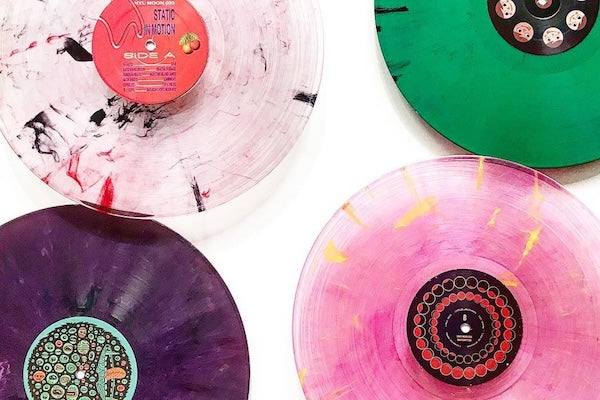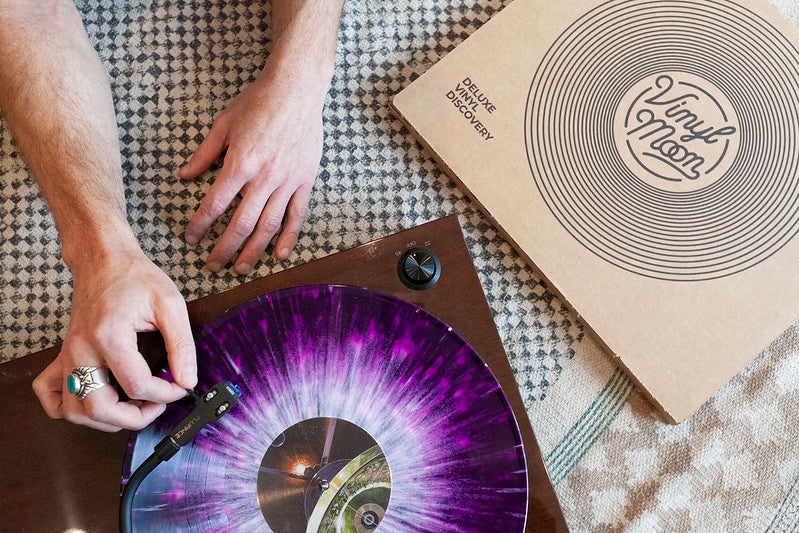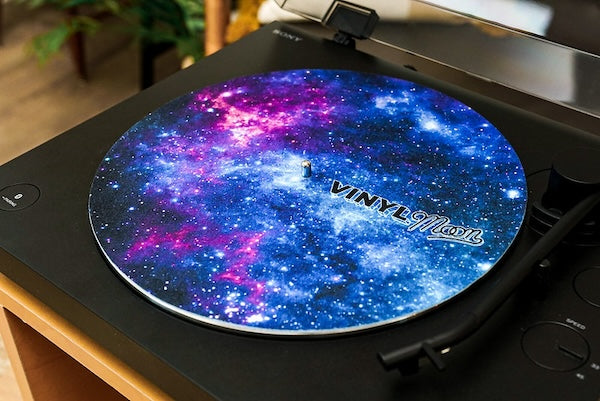- Phono Pre-amp: Sometimes built into the record player and sometimes a separate piece of equipment, the pre-amp boosts the output level of your turntable to something usable by other audio equipment (from PHONO to LINE). It also applies the standard RIAA EQ curve, which makes sure that your bass and treble information sound the way the artist intended them to!

A phono pre-amp by Pro-Ject
-
Stylus (or needle): The needle sits in the grooves on a record and follows them. As the needle hits the walls of the grooves - which contain whatever tasty jam you're spinning - it vibrates, capturing the audio stored on the record. The magnetic pickup in the phono cartridge turns those vibrations into electrical energy.
- 90% of the time you ONLY need to replace the stylus on a record player, NOT the cartridge. The cartridge almost never goes bad unless it is physically damaged. The needle will wear out with use.
- Phono cartridge: The cartridge contains the stylus as well as a magnetic pickup. Like we mentioned above, the pickup converts the vibrations captured as the stylus travels along the grooves in a record into electrical energy. It's that electrical energy that will eventually be amplified into the sound that comes through your speakers.
-
RPM: Short for “rotations per minute”, records are meant to play at either 33 or 45 rpm*. Your turntable will have a setting to switch between these speeds.
- 33 is actually 33⅓ rpm.
- Shellac records, made before WWII, typically played at 78rpm.
-
Amplifier or Stereo System: Amplifiers and stereos are used to power or connect speakers to a turntable (and any other number of things). The amplifier makes sure the sweet jams coming from your turntable will be boosted to a usable level for your speakers.
- Not to be confused with “stereo” in comparison to “mono”, which refers to whether audio has separate left and right channels or just a single channel

-
Platter: The platter is the surface on which the record sits and spins. The relationship of the motor turning the platter determines whether it is a belt-drive, idler-wheel, or direct-drive system.
- Direct-drive: The preferred type of turntable for vinyl DJs. A motor is connected directly to the platter, providing higher torque than a belt-drive model, which allows the turntable to reach speed more quickly and keeps the speed less susceptible to interference from the stylus or a DJs hand.
- Belt-drive: Commonly found in studio and home listening setups. The platter is turned by a motor connected by an elastic band, called the drive belt. This system allows the turntable to be powered by a less powerful motor, and also allows the elastic belt to absorb mechanical vibrations that could be picked up by the stylus, affecting playback. The drive belt can slip off the motor or platter spindle, so DJs who scratch or mix with records prefer to use direct drive turntables.
- Idler-wheel: These turntables are the least common models. In an idler-wheel turntable, the motor is coupled to the platter with a wheel (usually surrounded by a rubber tire). This system became less common after the belt-drive turntable became popular.
-
Turntable Mat: Usually made of felt, rubber, or cork, the mat lays between a record and the platter. It reduces unwanted vibrations and can sometimes contain anti-static properties.
- Slipmat: The slipmat is a type turntable mat that is usually made of felt and reduces friction between the platter and the record. Slipmats are often used by DJs who prefer to be able to "scratch" or otherwise manually adjust rotation speed on the fly.
- Tonearm: The tonearm holds the stylus and cartridge in place as they travel along the record. Whenever people talk about calibrating their record player, most of the steps involve setting up the tone arm correctly. We'll cover calibrating your turntable in a later post!

